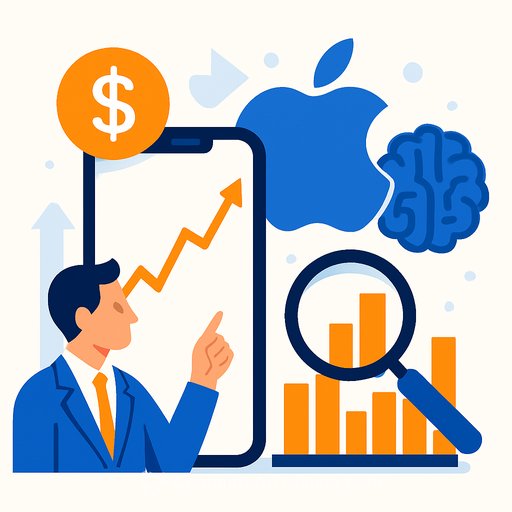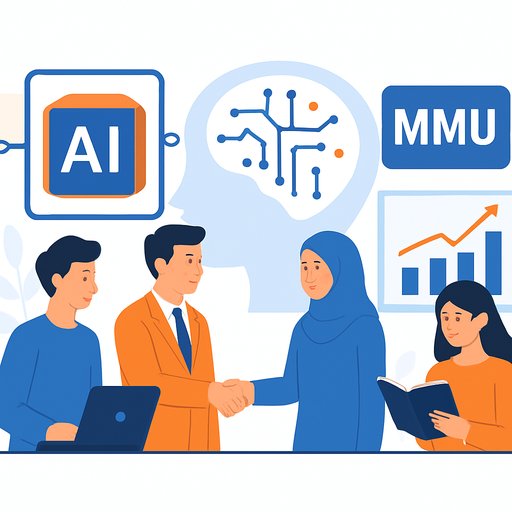Board Oversight of AI Risk Through an Ethical Lens
AI can drive efficiency and insight. It can also introduce bias, security gaps, and brand-damaging mistakes. In a fragmented regulatory moment, an ethics-first approach gives boards a clear way to steer strategy, allocate capital, and control risk without waiting on lawmakers.
Use the guidance below to focus your oversight, ask sharper questions, and set practical guardrails that your teams can follow.
Table of Contents
- Current AI Concerns
- Why an Ethics-First Approach Works Now
- Signals From the Global Conversation
- What Boards Must Oversee
- The NACD Four-Pillar AI Oversight Model
- Workforce, Customer, and Environmental Impact
- Supply Chain and Third Parties
- Practical Questions Boards Should Ask
- Keep Pace With Regulation
Current AI Concerns
Public trust is shaky. A global study reports skepticism about AI safety, security, and social effects alongside clear productivity benefits.
Inside companies, use has outrun governance. Many employees rely on public AI tools over sanctioned options, sidestepping controls and creating errors, dependency, and confidentiality risk.
The call for regulation is strong, but current laws lag. That gap puts more weight on corporate ethics, internal policies, and board oversight.
Why an Ethics-First Approach Works Now
Until laws catch up, use voluntary frameworks to define guardrails and reduce risk. They're practical, widely recognized, and compatible with enterprise controls.
- OECD AI Principles: inclusive growth; human rights; transparency and explainability; security and safety; accountability.
- UNESCO Recommendation on the Ethics of AI: human dignity; diversity and inclusion; safety; fairness; privacy; human oversight; transparency; accountability; awareness and literacy; multi-stakeholder governance.
These frameworks translate into board questions, policy requirements, and audit criteria your teams can operationalize. For reference: OECD AI Principles and the NIST AI Risk Management Framework.
Signals From the Global Conversation
At the Second Annual Rome Conference on AI, Ethics, and Corporate Governance, speakers called for transparency, accountability, and cross-border cooperation. A letter read at the Vatican stressed human dignity and the duty to use AI in ways that benefit the young and vulnerable.
In a keynote, former Delaware Chief Justice Leo Strine urged leaders to pass the "ethical mirror test": know exactly how your company builds and uses AI, who it affects, where misuse can occur (fraud, IP theft), and where it can bake in bias or displace needed judgment. The standard is simple: use AI only in ways you understand and can defend as reasonable and safe.
What Boards Must Oversee
Directors are responsible for strategy oversight, risk oversight, and internal controls. AI touches all three.
- Strategy: where AI drives revenue, cost, speed, and quality-and where it doesn't.
- Risk: bias, privacy, cybersecurity, IP, misinformation, safety, model reliability, third-party use and misuse.
- Controls: policies, training, monitoring, incident response, vendor standards, and disclosure practices.
The NACD Four-Pillar AI Oversight Model
- AI strategic oversight: establish a shared view of AI's role; put AI on every board agenda; include it in the annual strategy session.
- Capital allocation: approve AI budgets; regularly assess build/partner/buy options and M&A to acquire capabilities.
- AI risk oversight: fold AI risks into ERM; require briefings from internal and external experts; track model performance and incidents.
- AI technology competency: add tech fluency at the board level; assign clear executive ownership; ensure workforce readiness; reflect roles in committee charters.
Workforce, Customer, and Environmental Impact
AI changes work. Train teams to use approved tools, check outputs, and escalate risks. Set policies for high-risk areas like healthcare, finance, and hiring.
If you're building company-wide AI fluency, see curated learning by function: AI courses by job.
Monitor customer and supplier use of AI, especially where data is collected or decisions are made. Measure environmental effects (compute, energy, water) and set mitigation targets for model training and inference.
Supply Chain and Third Parties
Third-party models and vendors extend your risk surface. Require ethical AI commitments, data handling standards, evaluation results, incident reporting, and decommission plans for harmful use cases.
Map mission-critical AI risks to a board committee. Reflect them in charters, agendas, and minutes so attention is sustained.
Practical Questions Boards Should Ask
- What is our AI strategy, where is AI in use today, and how does it affect enterprise risk?
- Which AI ethics framework(s) do we follow, and what policies, processes, and controls enforce those principles?
- Which AI use cases pose mission-critical safety or compliance risk, and which committee oversees them?
- Where could our AI be misused (internally or by customers), and how are we preventing and mitigating that?
- How do we reduce inaccuracy, misinformation, bias, IP violations, privacy breaches, and security incidents?
- Who is the executive owner for AI governance, and do we have the expertise and budget to do this right?
- How does AI affect our workforce, including performance tracking, training, and fairness in hiring and promotion?
- Are our public disclosures about AI accurate, consistent, and supported by controls?
- Do suppliers' and partners' AI practices meet our ethical and security standards?
- What is the environmental impact of our AI stack, and what actions are we taking to reduce it?
Keep Pace With Regulation
Regulatory approaches are in flux. Management should provide regular updates on laws and standards, along with impact assessments and implementation plans.
In the meantime, ethics gives you a practical anchor. Use established principles, embed controls, and keep your oversight tight as the technology-and the rules-move.
Your membership also unlocks:










